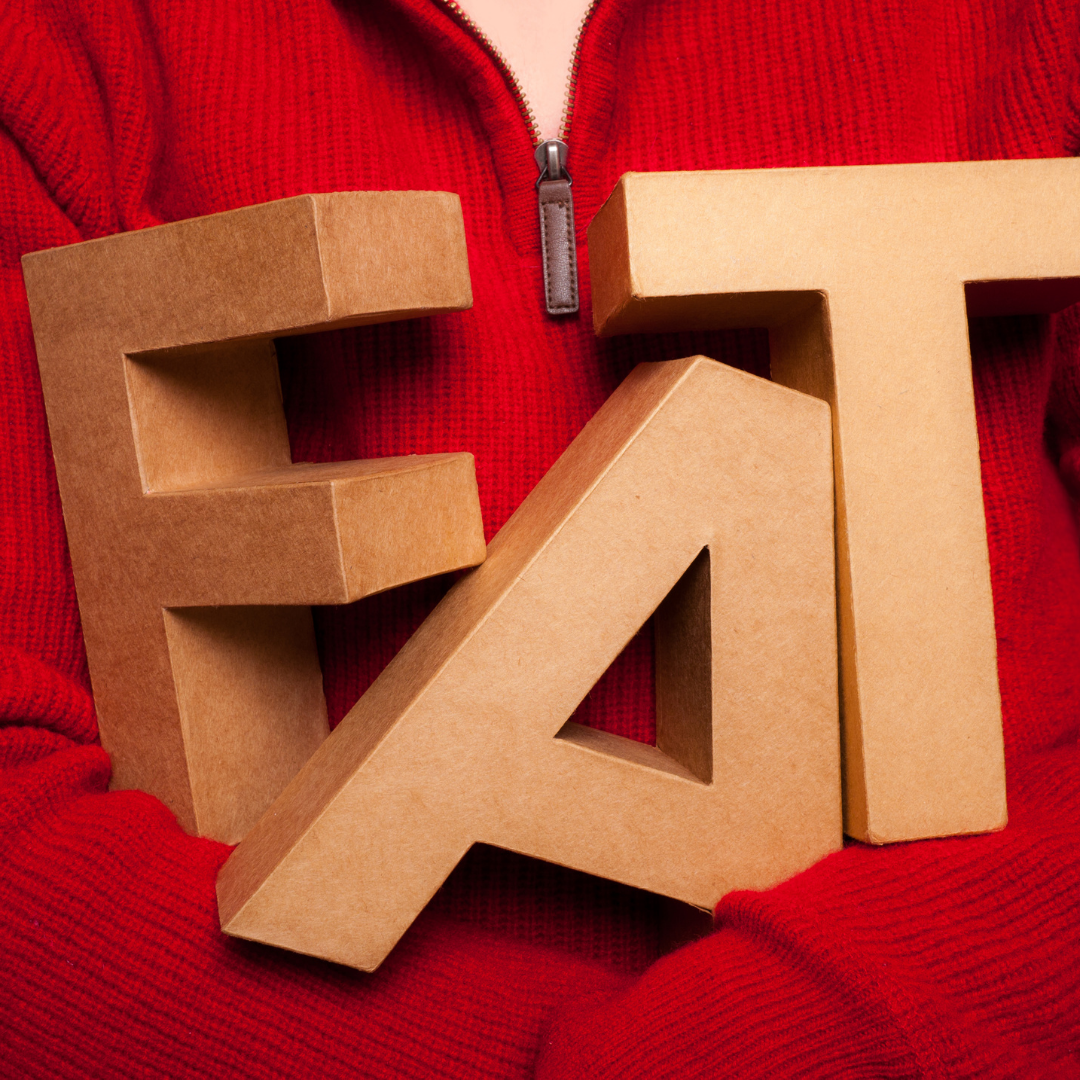Quick and Delicious, Shrimp, Rice and Vegetables

Here is a delicious recipe I threw together the other night. It was super easy to prepare and tasted AMAZING! Surely a meal the whole family will love.
Just a heads up. I am not a trained chef. I am just a guy, father, husband, foodie who loves to cook. especially healthy meals that taste great.
Shrimp Scampi With Mixed Vegetables Over Basmati Rice
Prep Time: About 20 Minutes
Cook Time: About 20 Minutes.
Ingredients:
Two Pounds of Shrimp. (I use 2 bags of the Trader Joes Wild Caught Argentinian Shrimp. They are peeled and cleaned so it is fast and easy.)
1-2 Cups of Basmati Rice
1 Small white or Spanish onion
1 Red Bell Pepper
1 Green Bell Pepper
2-3 small yellow squash (or whatever kind you like)
1 head of chopped fresh garlic
Salt and Pepper
Garlic and Onion Powder
Olive Oil
1-3 tablespoons of Unsalted Kerry Gold Butter.
1/4 cup white wine
Directions:
Begin by Cooking the Basmati Rice.
1-Cup for 1-3 people. 2-Cups for 4 or more people.
Rice to water ratio is 1 cup of rice to 1 1/2 cups of water.
- If using boxed store bought rice there is no need to rinse it.
If you bought rice at markets from a sack, rinse for hygiene purposes and also can be excessively starchy. Reduce water by 2 tablespoons, otherwise it will be gummy;
. Let’s go!
- Place rice and water in a medium size saucepan over medium heat with no lid.
- Bring to a simmer-the edges should be bubbling and the middle should be rippling, the surface will be foaming.
- Place a tight fitting lid on, then turn heat down to medium low.
- Cook for 12 minutes. As much as you are tempted DO NOT lift lid.
- Tilt saucepan and take a super quick peek to ensure that all water is absorbed then clam the lid back down.
- Remove from heat and leave for 5-10 minutes then fluff with a WOOD SPOON.
- NOTE: 2 cups will take 13 minutes.
(The above recipe for cooking basmati rice is taken from Recipe Tin Eats)
Once the rice is cooking:
- Rinse the shrimp, drain and pat dry. Season with salt, pepper, a teaspoon of garlic and onion powder. Set aside.
- Cut up the zucchinis into small 1/4 inch size square pieces. Coat with a small amount of olive oil and season with salt, pepper, garlic and onion powder
- Dice the red and green bell pepper.
- Dice the onion.
- Smash and dice up a head of garlic.
Cooking The Veggies.
- Heat a 1-2 tablespoons of olive oil over medium heat In a large skillet.
- Once the oil is glistening nicely add the zucchini and cook stirring occasionally for about 3 minutes or until about half tender.
- Add the peppers and onion and cook mixing as needed until tender. Then set aside.
Cooking the Shrimp
- In a separate saucepan heat 1-2 tablespoons of olive oil over medium heat. Until glistening nicely.
- Add the shrimp and spread evenly to start cooking one side for about 1-2 minutes.
- Just before flipping the shrimp add the garlic and 1-2 tablespoons of unsalted Kerry gold butter.
- Turn the shrimp.
- Once the shrimp are turned and butter is almost melted add a splash of white wine.
- Using an oven mitt grab the handle and swirl the oil, wine butter and garlic around the shrimp. Cook for about 1-2 minutes until shrimp is done. (They cook fast so keep an eye out. DO NOT overcook the shrimp.)
Once the shrimp are done immediately remove from heat.
Plating
- On a plate spread the desired amount of rice.
- Spoon the desired amount of veggies over the rice.
- Add the shrimp and using a small ladle poor some of the garlic sauce over the entire dish.
- Poor a glass of white wine and enjoy!
Quick Tip: I like to cut the veggies a day or so ahead of time and keep them in the fridge in airtight containers to speed up prep time.
This dish is healthy, quick to make and is full of flavor and deliciousness.
If you try this recipe please let me know what you think in the comments section.
If you like this recipe and are looking for a delicious, healthy breakfast alternative please checkout my healthy breakfast alternative post here.
Yours in health,
Kevin








